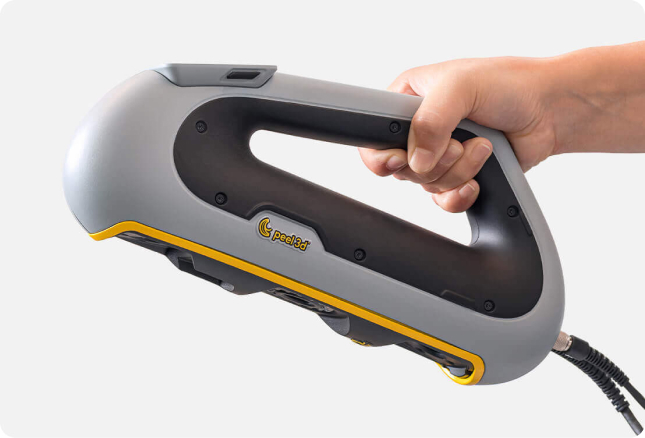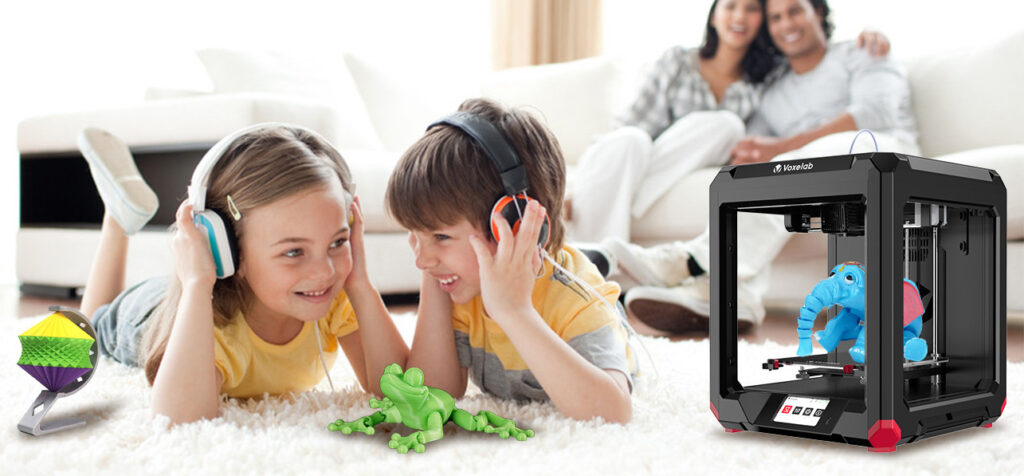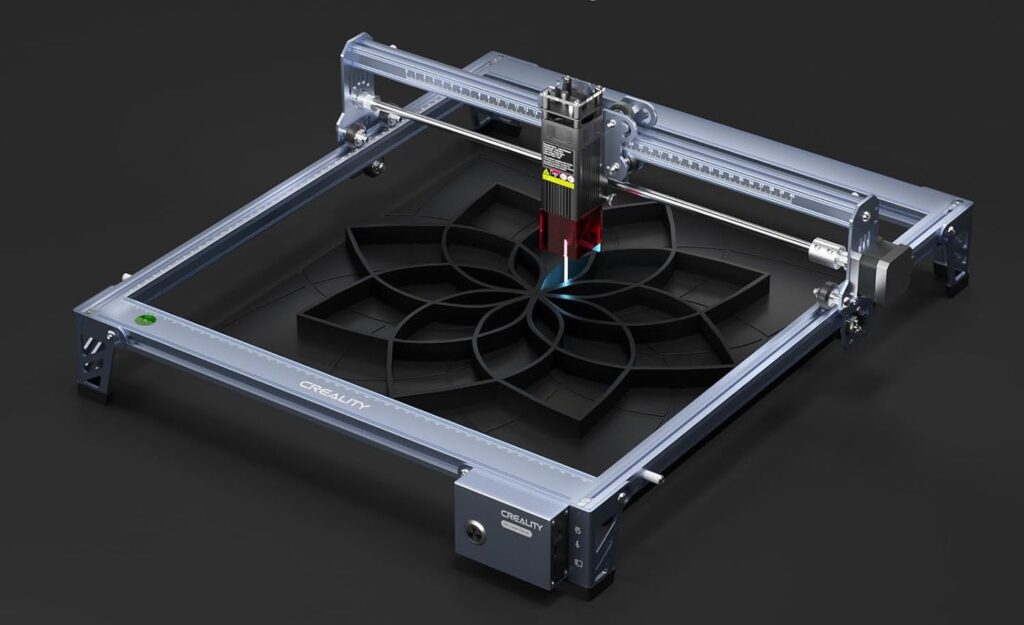Discover how the Peel 3 3D Scanner transforms object digitization with incredible accuracy, user-friendly design, and versatile applications for hobbyists and professionals alike.
Peel 3 3D Scanner Review: The Future of Digital Scanning Is Here
Last week, I finally bit the bullet and purchased the Peel 3 3D Scanner after months of deliberation. As someone who dabbles in 3D printing and product design, I’ve been searching for an affordable yet professional-grade scanner that wouldn’t break the bank. After using it extensively over the past few days, I’m ready to share my honest thoughts.
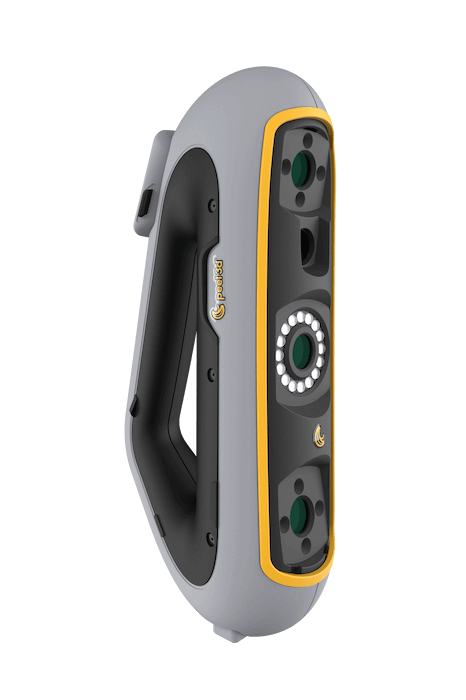
My First Impression of the Peel 3
When the package arrived, I was immediately struck by how compact everything was. The Peel 3 is significantly smaller than I expected – about the size of a handheld game controller – making it remarkably portable. The build quality feels solid without being overly heavy, striking that perfect balance between durability and usability.
Setup was surprisingly painless. I’ve struggled with tech installations before (don’t get me started on my last printer), but I had the Peel 3 connected and running within about 15 minutes. The included quick-start guide is refreshingly straightforward, and the software download was faster than I anticipated.
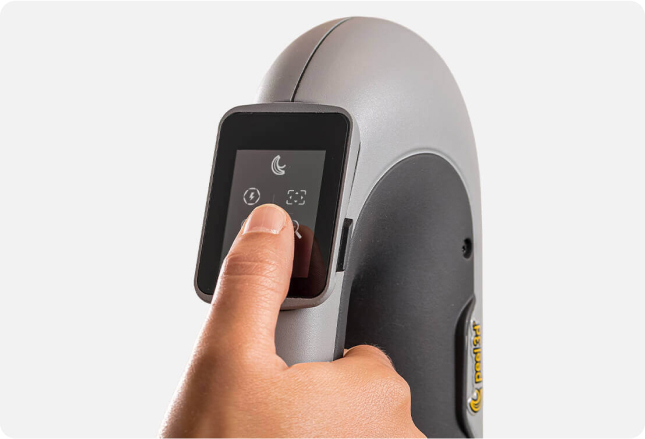
Real-World Performance
For my first scan, I chose my son’s detailed action figure – a notoriously difficult object with tiny features. Previous scanners I’ve tried would have struggled with the intricate sword and armor details, but the Peel 3 captured everything with remarkable precision.
The scanning process itself is intuitive. You simply walk around the object, maintaining the recommended distance that the software helpfully indicates. What impressed me most was the real-time feedback – you can see exactly what you’re capturing as you move, allowing you to focus on areas that need more attention.
I’ve since scanned everything from my wife’s pottery pieces to mechanical parts from my garage, and the results have been consistently impressive. The accuracy is genuinely surprising – measurements from the digital models match the physical objects down to fractions of a millimeter.
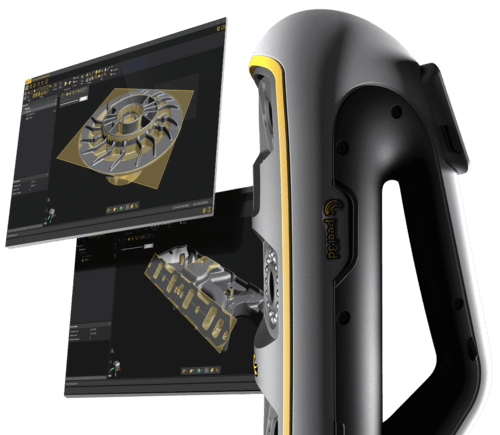
The Technical Stuff That Actually Matters
While I could bombard you with specs, I’ll focus on what actually makes a difference in daily use:
- Resolution: The Peel 3 captures details down to 0.1mm, which is perfect for most applications. I could clearly see the texture on fabric and even fingerprints on smoother objects.
- Scanning Area: You’re not limited to tiny objects. I successfully scanned my entire office chair by combining multiple scans, and the software stitched everything together seamlessly.
- Processing Time: Converting scans to usable 3D models takes about 5-10 minutes depending on complexity – much faster than my previous scanner that would often chug along for nearly an hour.
- File Compatibility: The exported files work flawlessly with every major 3D software I use, including Blender, Fusion 360, and my slicing software for 3D printing.
The Not-So-Perfect Parts
No product is without flaws, and the Peel 3 does have a few limitations worth mentioning:
The scanner struggles somewhat with very shiny or transparent objects – I tried scanning a glass vase and the results were disappointing. However, this is a limitation of all scanners using similar technology, not just the Peel 3.
The software, while powerful, has a learning curve. The basic functions are straightforward, but diving into the more advanced features requires some time investment. I spent an evening watching tutorial videos to really get comfortable with the mesh editing tools.
Battery life could be better. I get about 2 hours of active scanning before needing to recharge, which can interrupt longer scanning sessions.
Who Is This Actually For?
After spending time with the Peel 3, I’ve concluded it’s ideal for:
- Hobbyist 3D printing enthusiasts who want to replicate or modify existing objects
- Product designers who need to quickly digitize prototypes
- Artists looking to incorporate real-world objects into digital workPeel 3
- Small business owners creating custom products based on real items
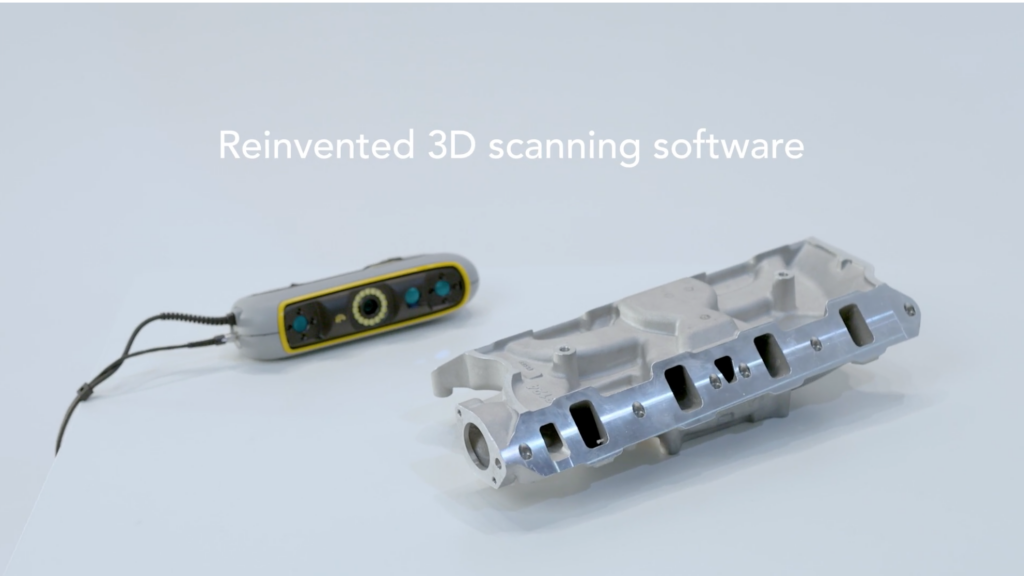
It’s probably overkill for casual users who might scan something once in a blue moon, but for anyone regularly working with 3D models, it’s a game-changer.
How It Compares to Alternatives
I’ve previously used both the RevoScan and EinScan SE scanners. The Peel 3 sits comfortably between them in price but offers better portability than both. The scan quality surpasses the RevoScan and comes remarkably close to the more expensive EinScan.
What sets the Peel 3 apart is its intuitive workflow – it simply feels less technical and more approachable than competitors. The software updates have also been consistent, with three significant improvements released just in the months I’ve been researching it.
Real Applications I’ve Found Useful
Beyond the obvious uses, I’ve discovered some unexpected applications:
- Creating custom-fit ergonomic grips for tools by scanning the original handles and modifying them
- Digitizing hard-to-find replacement parts for household items
- Helping my daughter with a school project by scanning geological specimens for her virtual museum
- Collaborating with a friend remotely by scanning and sharing physical design prototypes
Final Thoughts: Is It Worth Your Money?
The Peel 3 isn’t cheap – it’s an investment. But considering the time it saves and the quality it delivers, I consider it money well spent. It’s dramatically sped up my design process and opened creative possibilities I hadn’t considered before.
For professionals who can recoup the cost through their work, it’s a no-brainer. For serious hobbyists, it’s still worth considering if you’ll use it regularly.
What ultimately sold me was realizing how much time I was wasting trying to recreate objects manually. The first time I scanned and modified a component in under an hour – something that would have taken days to model from scratch – I knew the Peel 3 had earned its place in my creative toolkit.
If you’re on the fence like I was, I hope my real-world experience helps you make an informed decision. The Peel 3 has genuinely changed how I approach my projects, and that kind of impact is rare with new tools.
